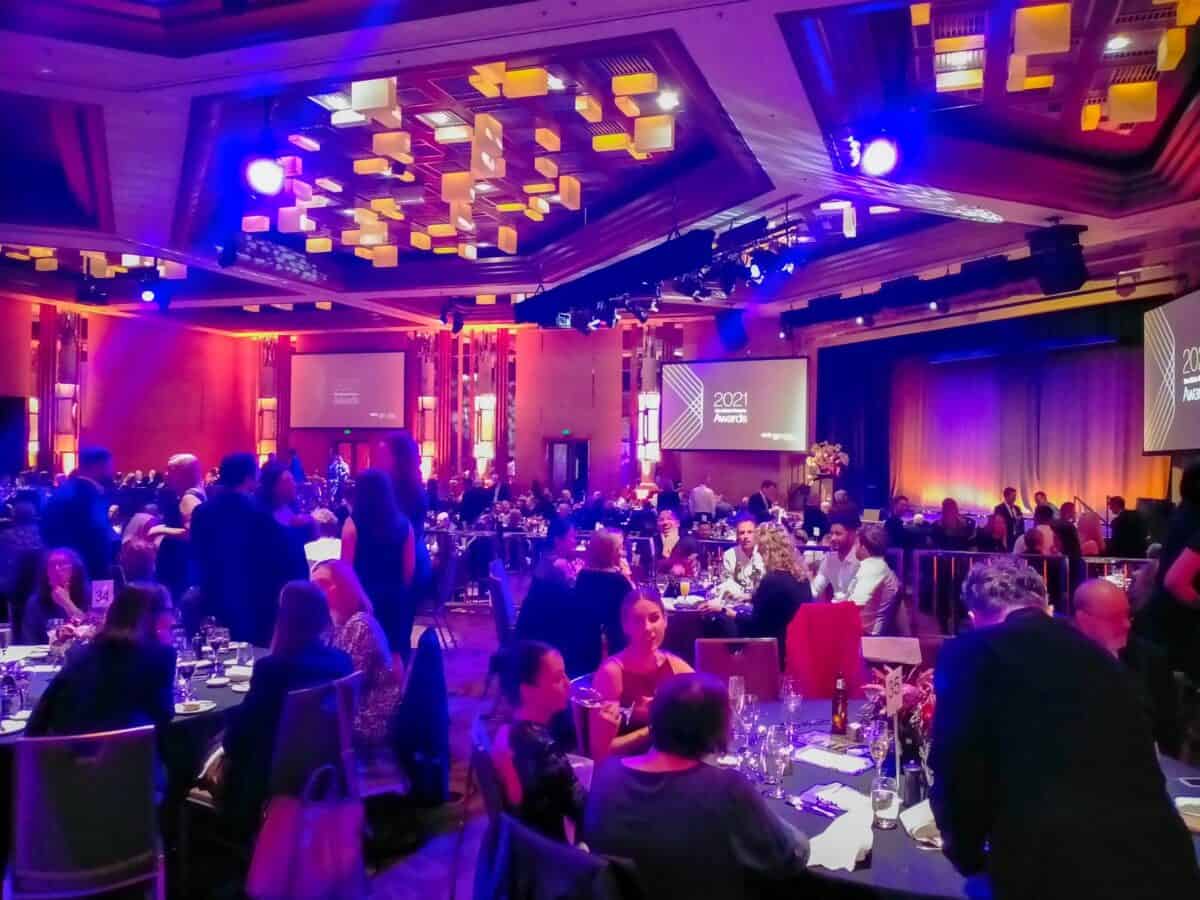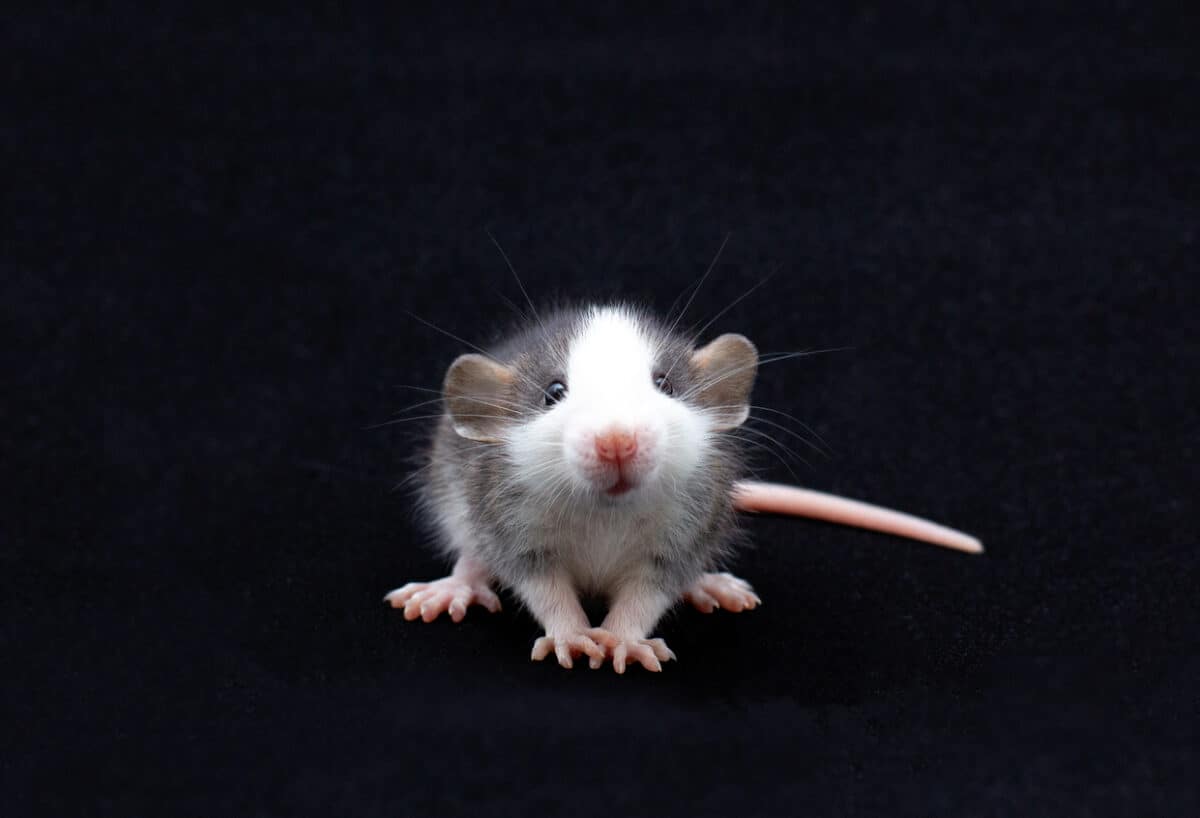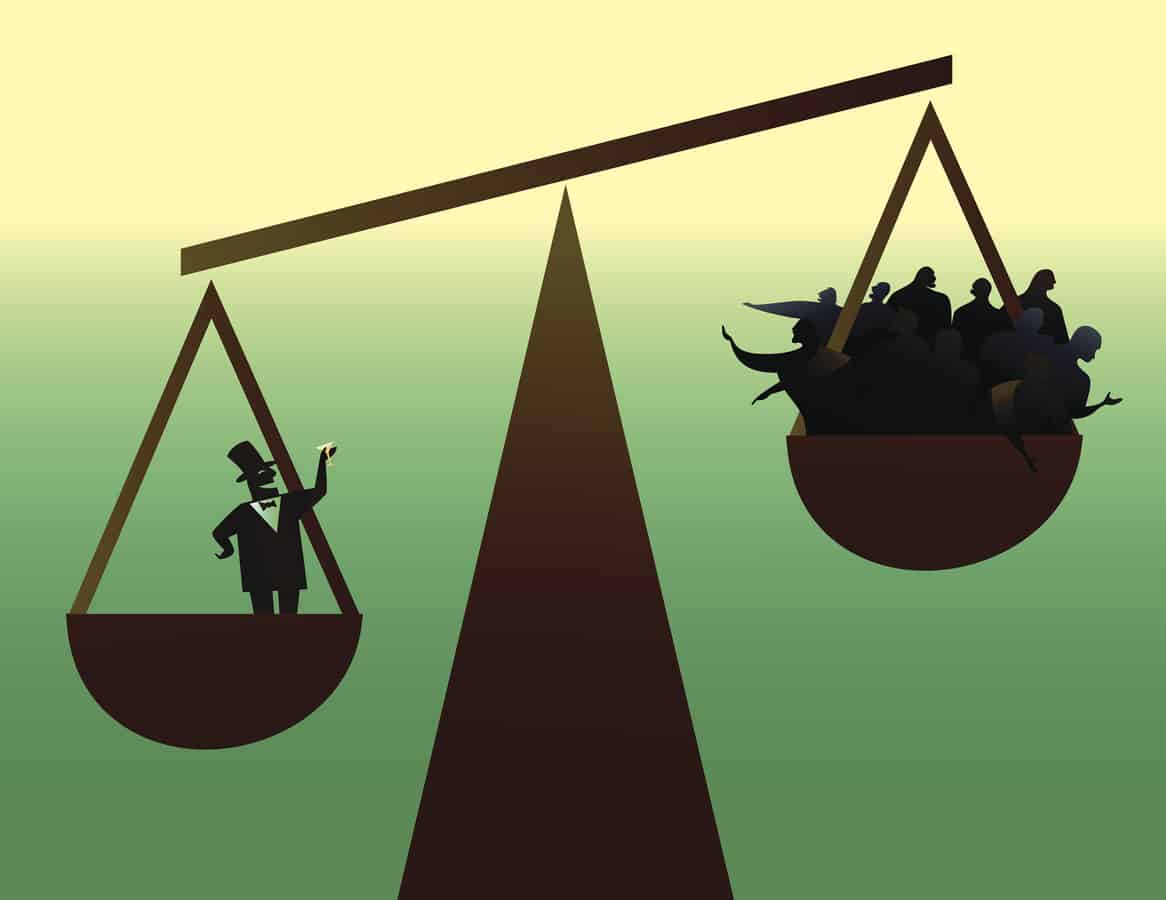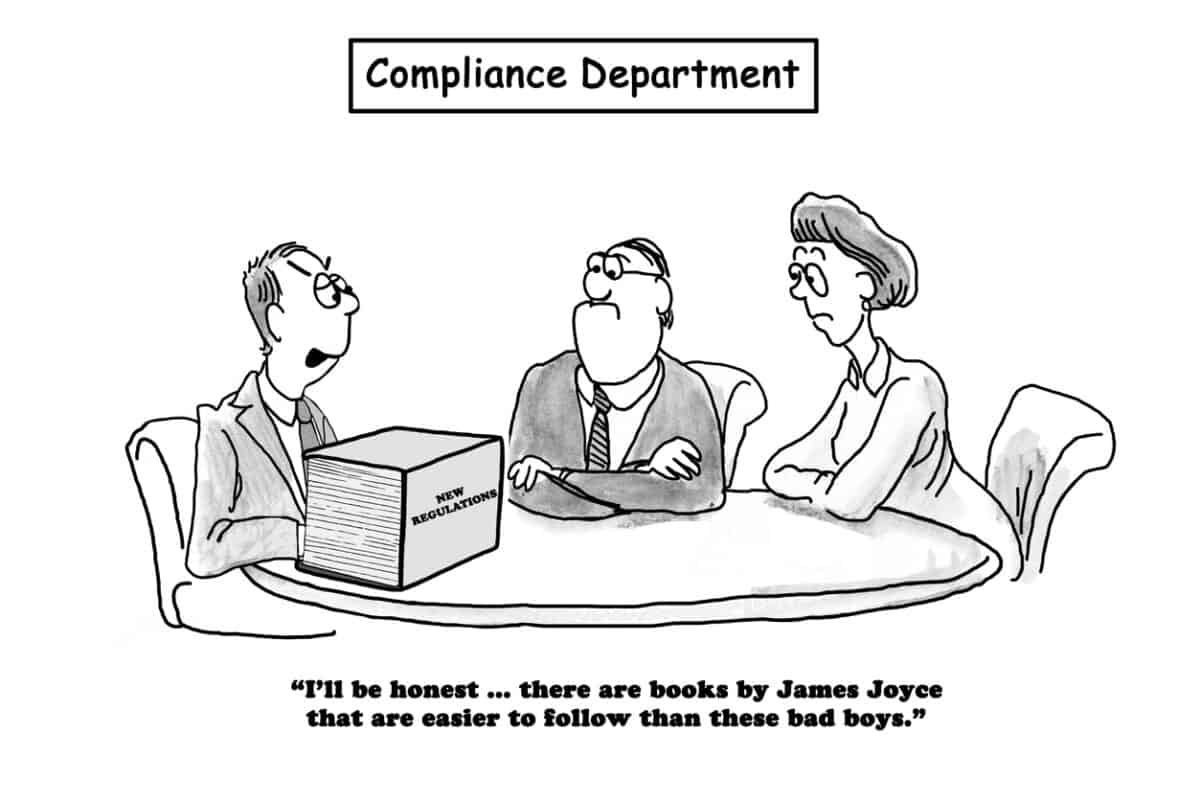Modern-day events such as conferences, seminars and awards nights rely on social media strategies to maximise the value of the event and the communication opportunities they afford. This year the WorkSafe Victoria Awards night seems to have applied a thin social media strategy even though it has important stories to tell.
Usually, signs, brochures, information booklets and even tables mention the social media hashtag that the event organisers want the audience to use to promote and record the event. This year WorkSafe Victoria mentioned #WSAwards21 at the night’s start and never again. The hashtag was nowhere to be seen. This may be a major factor in the very low Twitter activity.
As of the time of writing, Twitter had 29 mentions of the #WSAwards21 hashtag, most posted by WorkSafe itself. I tweeted five of them. The audience members or finalists have tweeted only three times.






